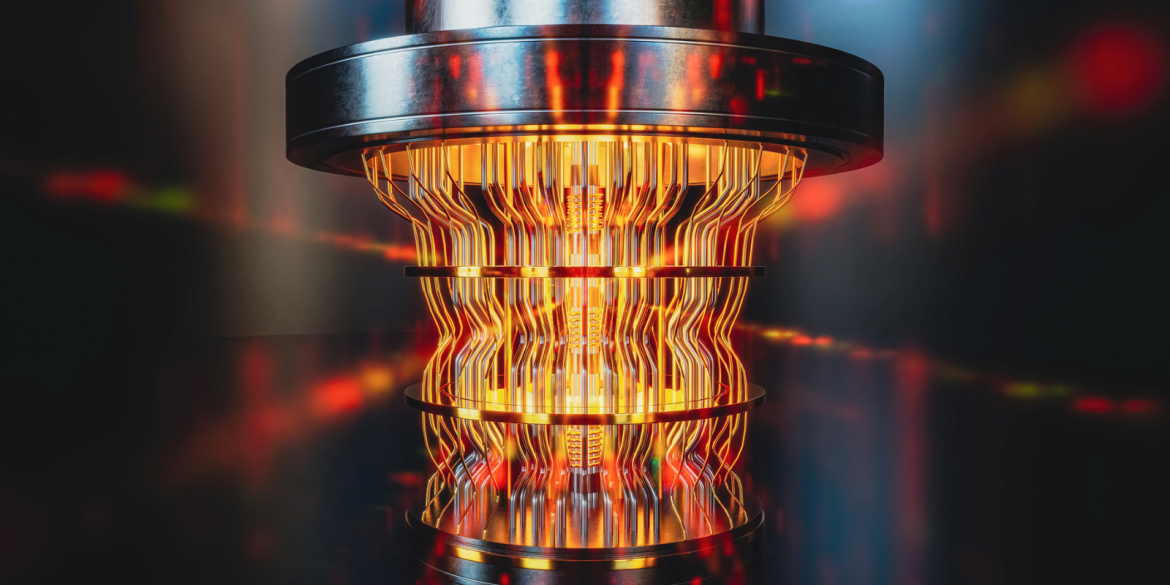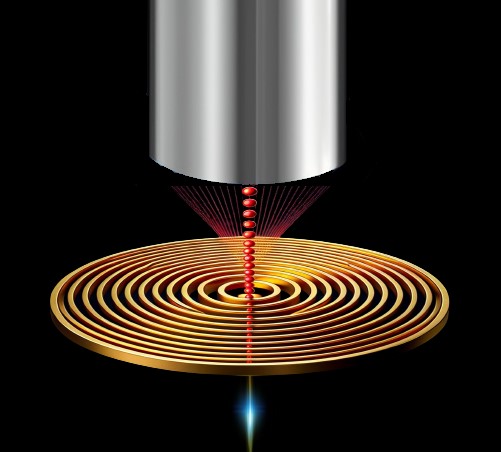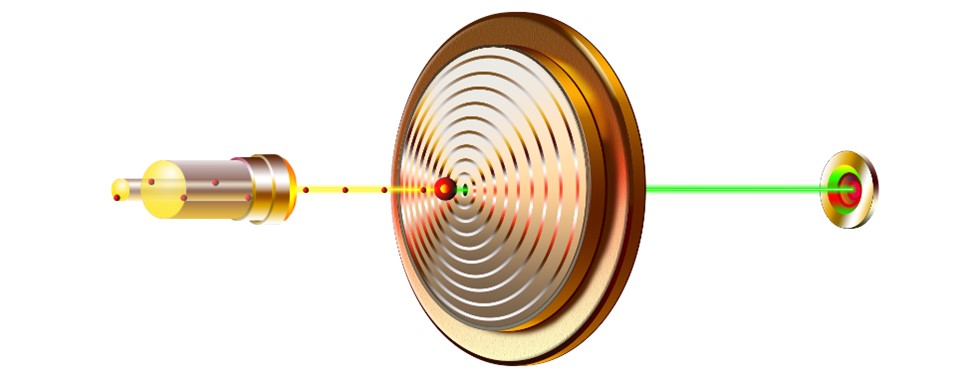
A recent study from Hebrew University has achieved a significant advancement in integrating single-photon sources onto tiny chips at room temperature, representing an important step forward in quantum photonics with potential for applications such as quantum computing and cryptography. This achievement signifies a milestone in the development of practical quantum photonic devices, heralding a promising future where quantum technologies, encompassing computing, communication, and sensing, can be fully realized.
A recent study, spearheaded by Boaz Lubotzky during his PhD research, along with Prof Ronen Rapaport from the Racah Institute of Physics at The Hebrew University of Jerusalem, in collaboration with teams from Los Alamos National Laboratory (LANL) in the USA and from Ulm University in Germany, unveiled a significant advancement toward the on-chip integration of single-photon sources at room temperature. This achievement represents a significant step forward in the field of quantum photonics and holds promise for various applications including quantum computing, cryptography, and sensing.
The key innovation lies in the implementation of a hybrid metal–dielectric bullseye antenna, which delivers exceptional photon directionality. This novel antenna design allows for the efficient back-excitation of photons by placing the emitter within a subwavelength hole positioned at the center of the antenna. This configuration enables both direct back-excitation and highly efficient front coupling of emission to low numerical aperture optics or optical fibers.
The study demonstrates the versatility of this concept by fabricating devices containing either colloidal quantum dots or nanodiamonds containing silicon-vacancy centers, both are excellent single photon emitters even at room temperature. These emitters were accurately positioned using two distinct nanopositioning methods. Remarkably, both types of back-excited devices exhibited front collection efficiencies of approximately 70% at numerical apertures as low as 0.5. This means one can use very simple and compact optical elements and still collect most of the photons into the desired channel, or accurately send the emitted photons into a nearby optical fiber without the need for any additional coupling optics. This is a key ingredient in the integration of quantum light sources into real quantum systems. This streamlined process promises to simplify future integration efforts and accelerate the realization of practical quantum photonic devices.
Boaz Lubotzky commented on the significance of this achievement, stating, “By overcoming key challenges associated with on-chip integration of single-photon sources, we have opened up exciting new possibilities for the development of advanced quantum technologies.”
The successful integration of single-photon sources onto tiny chips at room temperature, achieved through the innovative use of a hybrid metal–dielectric bullseye antenna has immediate applications in advancing quantum cryptography for secure communication, improving sensing technologies, and streamlining the integration process for practical quantum photonic devices. The study’s findings open doors for commercial applications and the development of new products in the burgeoning field of quantum technologies.
The research paper titled “Room-Temperature Fiber-Coupled Single-Photon Sources based on Colloidal Quantum Dots and SiV Centers in Back-Excited Nanoantennas” is now available in Nano Letters and can be accessed here.
Researchers:
Boaz Lubotzky1, Alexander Nazarov1,2, Hamza Abudayyeh1, Lukas Antoniuk3, Niklas Lettner3,4, Viatcheslav Agafonov5, Anastasia V. Bennett6, Somak Majumder6, Vigneshwaran Chandrasekaran6, Eric G. Bowes6, Han Htoon6, Jennifer A. Hollingsworth6, Alexander Kubanek3,4, and Ronen Rapaport1,2
Institutions:
1) Racah Institute of Physics, The Hebrew University of Jerusalem
2) The Center for Nanoscience and Nanotechnology, The Hebrew University of Jerusalem
3) Institute for Quantum Optics, University of Ulm
4) Center for Integrated Quantum Science and Technology (IQst), Ulm University
5) GREMAN, UMR 7347 CNRS, INSA-CVL, Tours University
6) Materials Physics & Applications Division: Center for Integrated Nanotechnologies, Los Alamos National Laboratory
Pictures:
Fiber-Coupled Single-Photon Source: Description A quantum emitter centrally placed within a hybrid metal-dielectric bullseye antenna, designed for highly directional photon emission. The antenna’s unique structure allows photons to be efficiently coupled directly into an optical fiber, showcasing a pivotal enhancement in quantum photonics technology with implications for secure communication and advanced quantum computing applications.

Credit Alexander Nazarov

Credit Swati Foujdar
Disclaimer: In these challenging times of war and crisis, Hebrew University of Jerusalem is resolute in its dedication to advancing research and education. We stand in full support of the brave individuals on the frontlines, safeguarding our nation and the well-being of all Israelis, and extend our deepest gratitude and unwavering solidarity to our community and fellow citizens. Together, we shall prevail against the challenges that confront us, and our shared commitment to the well-being of all Israelis and the pursuit of knowledge remains resolute.
The Hebrew University of Jerusalem is Israel’s premier academic and research institution. With over 25,000 students from 90 countries, it is a hub for advancing scientific knowledge and holds a significant role in Israel’s civilian scientific research output, accounting for nearly 40% of it and has registered over 11,000 patents. The university’s faculty and alumni have earned eight Nobel Prizes and a Fields Medal, underscoring their contributions to ground-breaking discoveries. In the global arena, the Hebrew University ranks 86th according to the Shanghai Ranking. To learn more about the university’s academic programs, research initiatives, and achievements, visit the official website at http://new.huji.ac.il/en
